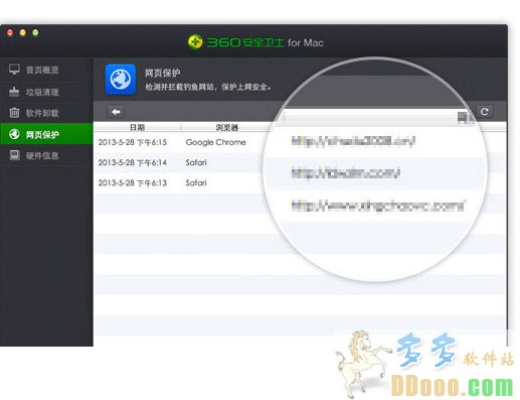Introduction to Real-Time Subtitle Translation in TV Shows
In the age of globalization, the world has become a smaller place, and the demand for multilingual content has surged. One of the most popular forms of entertainment across cultures is television shows. However, language barriers can often prevent viewers from enjoying shows that are not in their native tongue. This is where real-time subtitle translation in TV shows comes into play, offering a seamless experience for international audiences.
How Real-Time Translation Works
Real-time subtitle translation involves the use of advanced technology to convert spoken dialogue from one language to another instantly. This technology typically relies on a combination of artificial intelligence, machine learning, and natural language processing. Here's a simplified breakdown of how it works:
Speech Recognition: The technology first listens to the audio of the TV show and converts it into a digital format that can be processed.
Translation: Using pre-trained models and algorithms, the system translates the recognized speech into the target language.
Subtitle Generation: The translated text is then formatted into subtitles that can be displayed on the screen in real-time.
Benefits of Real-Time Subtitle Translation
Real-time subtitle translation offers several benefits to both viewers and content creators:
Accessibility: It allows viewers who are not fluent in the original language of the show to understand and enjoy the content.
Global Reach: Content creators can reach a wider audience by making their shows accessible in multiple languages.
Enhanced Engagement: Subtitles can make shows more engaging for viewers, especially those who are deaf or hard of hearing.
Cost-Effectiveness: It can be more cost-effective than dubbing, as it requires less time and resources.
Challenges and Limitations
While real-time subtitle translation is a remarkable achievement, it is not without its challenges and limitations:
Accuracy: Machine translation is not always perfect, and there can be instances of incorrect translations or misinterpretations.
Contextual Understanding: Computers may struggle to understand the nuances and cultural references present in the dialogue.
Language Variations: The translation may not be accurate for dialects or slang used in the original language.
Latency: There can be a slight delay between the spoken dialogue and the appearance of the subtitles, which can disrupt the viewing experience.
Technological Advancements
Despite the challenges, the technology behind real-time subtitle translation is rapidly evolving. Here are some of the advancements that are making it more reliable and efficient:
Deep Learning: The use of deep learning algorithms has significantly improved the accuracy of translations.
Neural Machine Translation (NMT): NMT has revolutionized the field by enabling more natural and contextually appropriate translations.
Post-Editing: Human editors often review and refine the translations to ensure they are accurate and culturally appropriate.
Future Prospects
The future of real-time subtitle translation looks promising. As technology continues to advance, we can expect the following developments:
Improved Accuracy: With ongoing research and development, the accuracy of translations is expected to improve further.
Customization: Viewers may have the option to choose from multiple translation options based on their language preferences.
Integration with Smart Devices: Real-time subtitle translation may become a standard feature in smart TVs, streaming devices, and mobile apps.
Conclusion
Real-time subtitle translation in TV shows is a testament to the power of technology in breaking down language barriers. While it is not without its limitations, the continuous advancements in the field promise a more inclusive and accessible viewing experience for audiences worldwide. As we move forward, it is exciting to think about the possibilities
转载请注明来自青州金山泉水处理设备有限公司,本文标题:《看着电视剧实时翻译英文,看着电视剧实时翻译英文怎么说 》
















 鲁ICP备18013447号-2
鲁ICP备18013447号-2